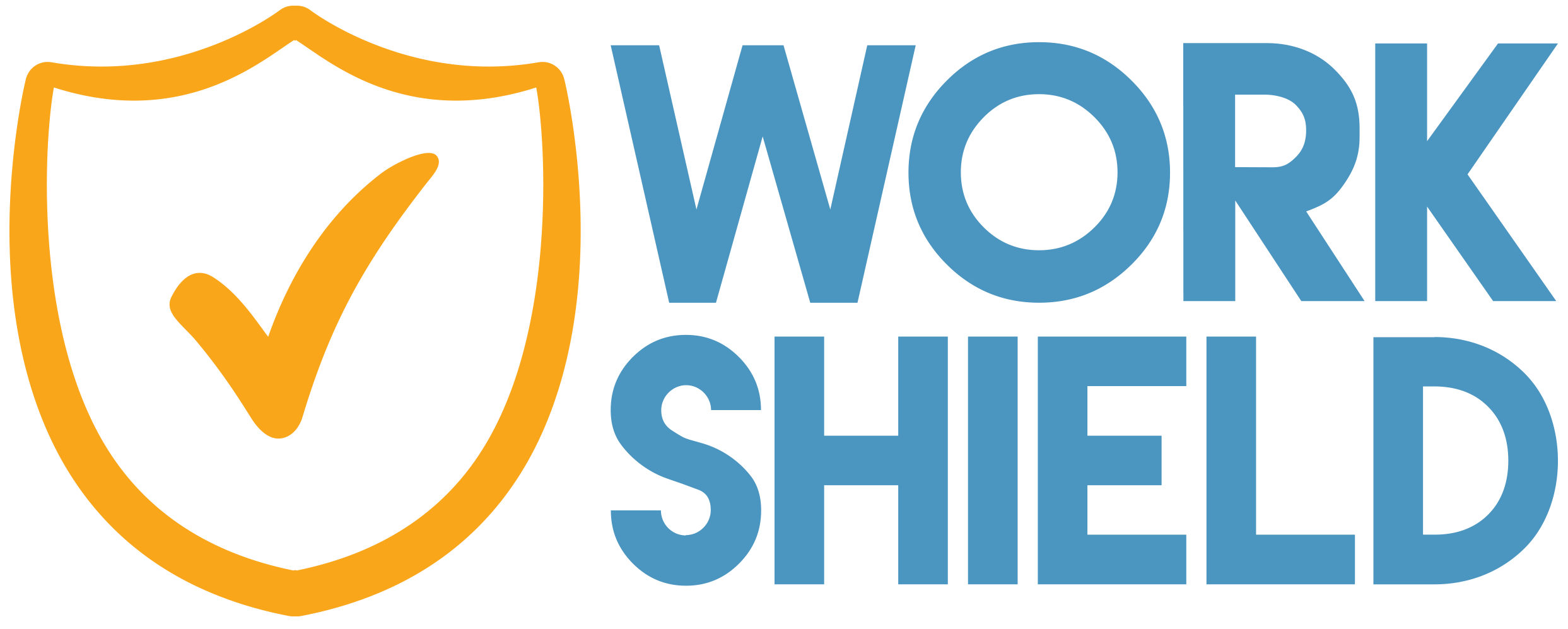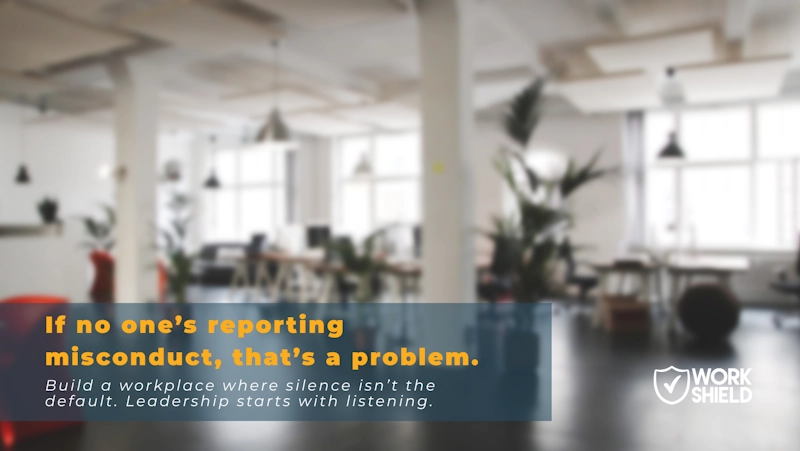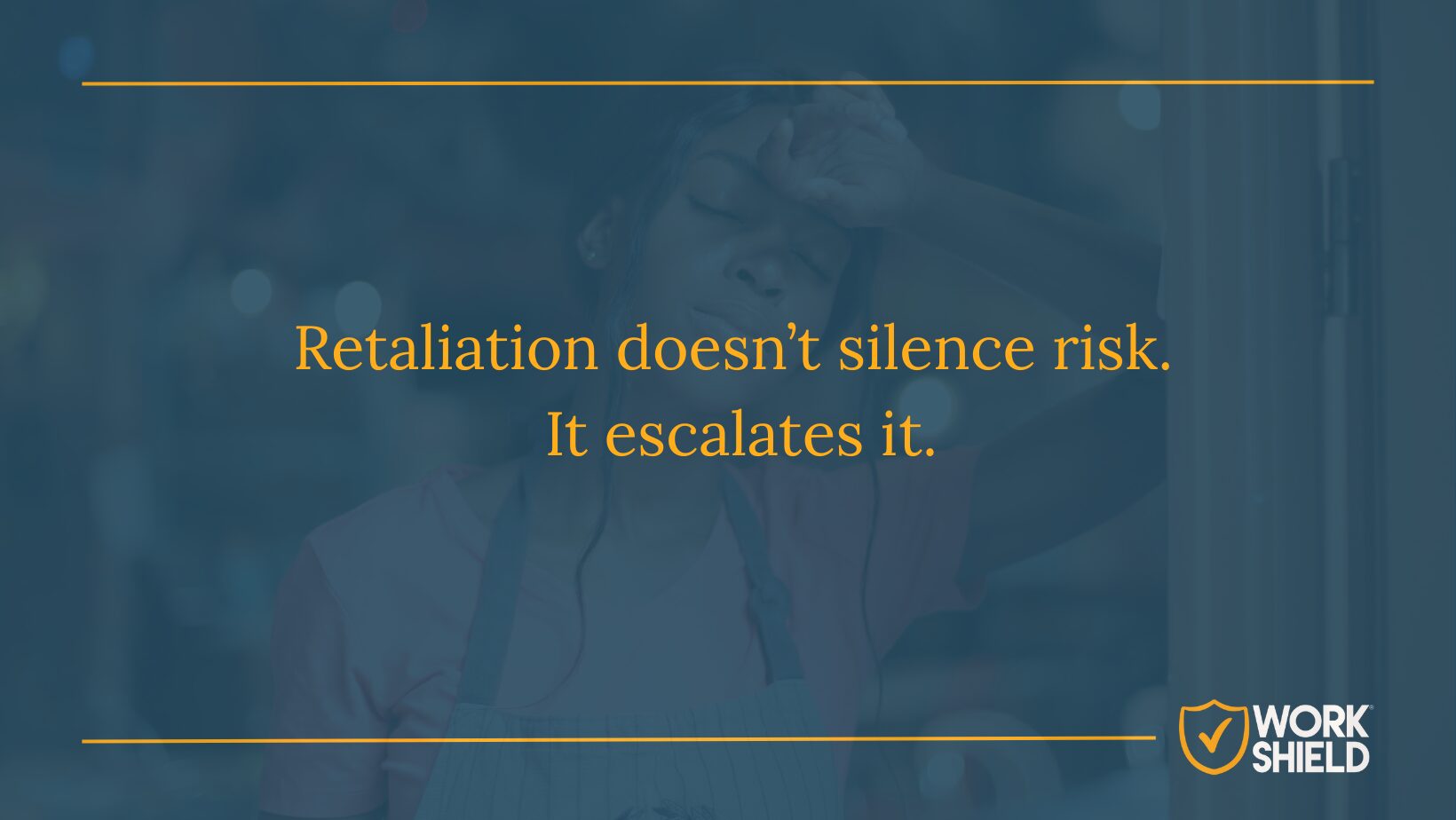This past January, I posted an open letter to LinkedIn urging CEOs, leaders and decision-makers to do more. To create more inclusive and diverse workplace cultures. To stop discrimination and harassment from happening at work. To provide resources to make their employees lives better. It is ever-more appropriate now to put this message back on their desks. David Sparkman writes for EHS Today:
It may be difficult to believe for people who haven’t experienced it, but active racism permeates all too many American workplaces. We’re not referring to “microagressions” or subtle, unthinking bias reflected in hiring and promotion – we’re talking about routine abuse involving racial epithets and displays of symbols that threaten violence.
Despite employee training, open-door policies, anonymous hotlines and the addition of Diversity and Inclusion Officers, the problem of discrimination is still rampant in our workplaces. According to a recent Glassdoor study, three out of five employees have experienced some form of discrimination at work. Even more telling is that 82% of the time incidents are reported, the worker receives no relief. Sparkman writes:
In every case that has reached America’s court system, another thing is made depressingly clear: The employer was informed of this unacceptable behavior and either chose to do nothing to end it, and in some cases actually led and participated in the abuse.
I ask of you — are you that employer? If the answer is no, then ask yourself this question: what tools have I implemented – truly effective tools – that allow my employees’ voices to be heard and ensure that unacceptable behavior is stopped?
Corporate Commitments Aren’t Enough
The immense response to recent racial brutality and senseless killings has manifested all too clearly that racism is an issue in our country, and ultimately our workplaces. According to Sparkman:
The workplace is a microcosm of society; in other words, what happens in the workplace is simply a reflection of the dynamics of society’s tensions and conflicts, as can painfully be seen these days on the streets of hundreds of America’s cities and towns.
In the wake of our country’s current racial tragedies, many companies are making corporate social commitments and putting forth guides and resources to educate their employees and others about racism, discrimination and unconscious bias.
Here’s an unfortunate reality – most companies would have done nothing had it not been for the very powerful voices that erupted in response to these horrific circumstances Change does not happen without voices to get it there.
Corporate commitments and guides are helpful. But they are inadequate to solve our current problems. Our employees need a real solution to deal with workplace discrimination and harassment – one where their voices can be heard loud and clear and without fear of retaliation.
Check The Box Compliance Is Negligence. So Is Silence. And Inaction.
Workplace discrimination and its impact on corporate culture should be a top priority, if not THE top priority, for companies today. Discrimination affects every industry and every size organization. Companies are starting to realize that the status quo of “check-the-box” compliance has been shattered and that it’s no longer a question of “if” something happens, but a matter of “when” something happens. In fact:
Eight out of ten companies will deal with a harassment or discrimination issue every year (internally or through a government enforcement agency).
Workplace discrimination happens. It leads to less inclusive, less diverse and less equal workplaces (it also leads to lower profitability and retention). Employers who remain silent will be diminished. Employers who don’t take meaningful action to combat discrimination in their workplaces will suffer. Employers who do not give their employees a real voice to be heard in the face of undeniable, pervasive racism and discrimination will be broken.
Putting A Stop to Discrimination In The Workplace
I started Work Shield in 2018 because I was tired of the inadequate solutions available to employers who wanted to implement real, impactful change in order to protect their employees. I wanted to create a solution that allows employers the ability to address the disgusting behaviors that permeate our society and workplace cultures. A solution that doesn’t just “check the box”, but actually empowers employees’ voices to be heard – loud and clear.
Work Shield is an EEOC best practice solution for managing workplace harassment and discrimination. It is the only solution available that combines safe reporting with a team of independent, legal professionals who manage incident investigations without bias and provide timely and fair resolutions.
We partner with companies to protect both employees and employers. To create positive changes for employees and workplace cultures. To empower employees and give them a real voice. To stop bad behavior._________
So, as Dr. Martin Luther King, Jr. implores, ask yourself this most persistent and urgent question:
What are you doing for others?
Will you implore the tools your company needs for a more diverse, inclusive and equal workplace? Or will you rest on your “policy” of no discrimination.
Or, do you already think the “status quo” is no longer acceptable and want to give your marginalized employees a real voice to be heard?
It’s time for a change. Be the leader you were meant to be. Don’t let your life begin to end as you sit in silence on what truly matters for your company – your employees and your culture.
About Jared Pope
Jared is Founder and CEO of Work Shield, the only start-to-finish workplace harassment and discrimination reporting, investigation and resolution solution that protects employees, employers and cultures at the same time. Jared practiced law and ran a practice focused on human resources, ERISA, benefits and employment matters for over 15 years and is a knowledgeable resource on workplace culture and harassment and discrimination issues.
Connect with him on LinkedIn.





